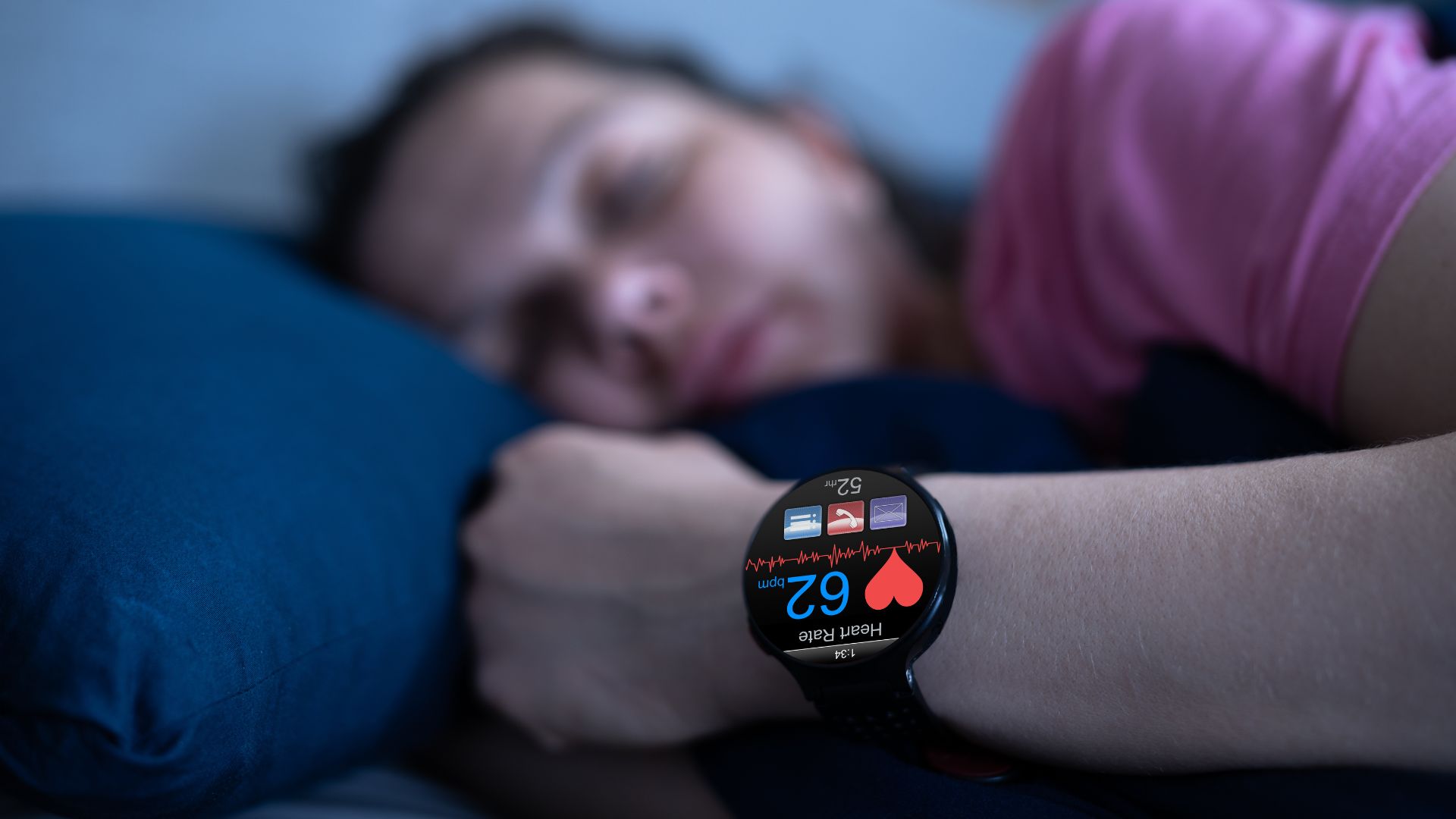Exploring the Future of Wearables in Remote Healthcare Monitoring
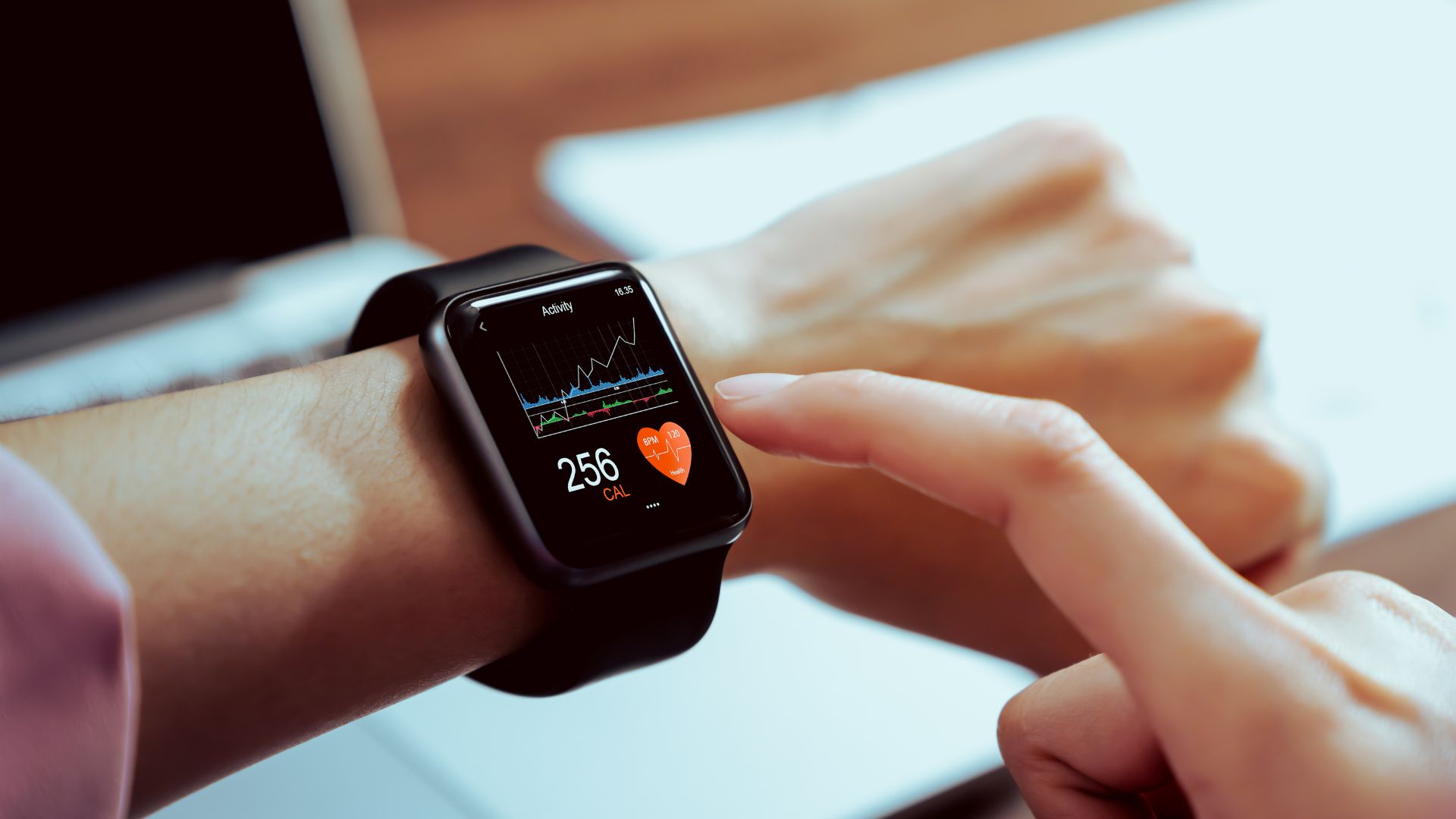
Wearable technology is reshaping healthcare by enabling remote patient monitoring like never before. From tracking vital signs to detecting early signs of health issues, wearables are making healthcare more proactive, accessible, and efficient.
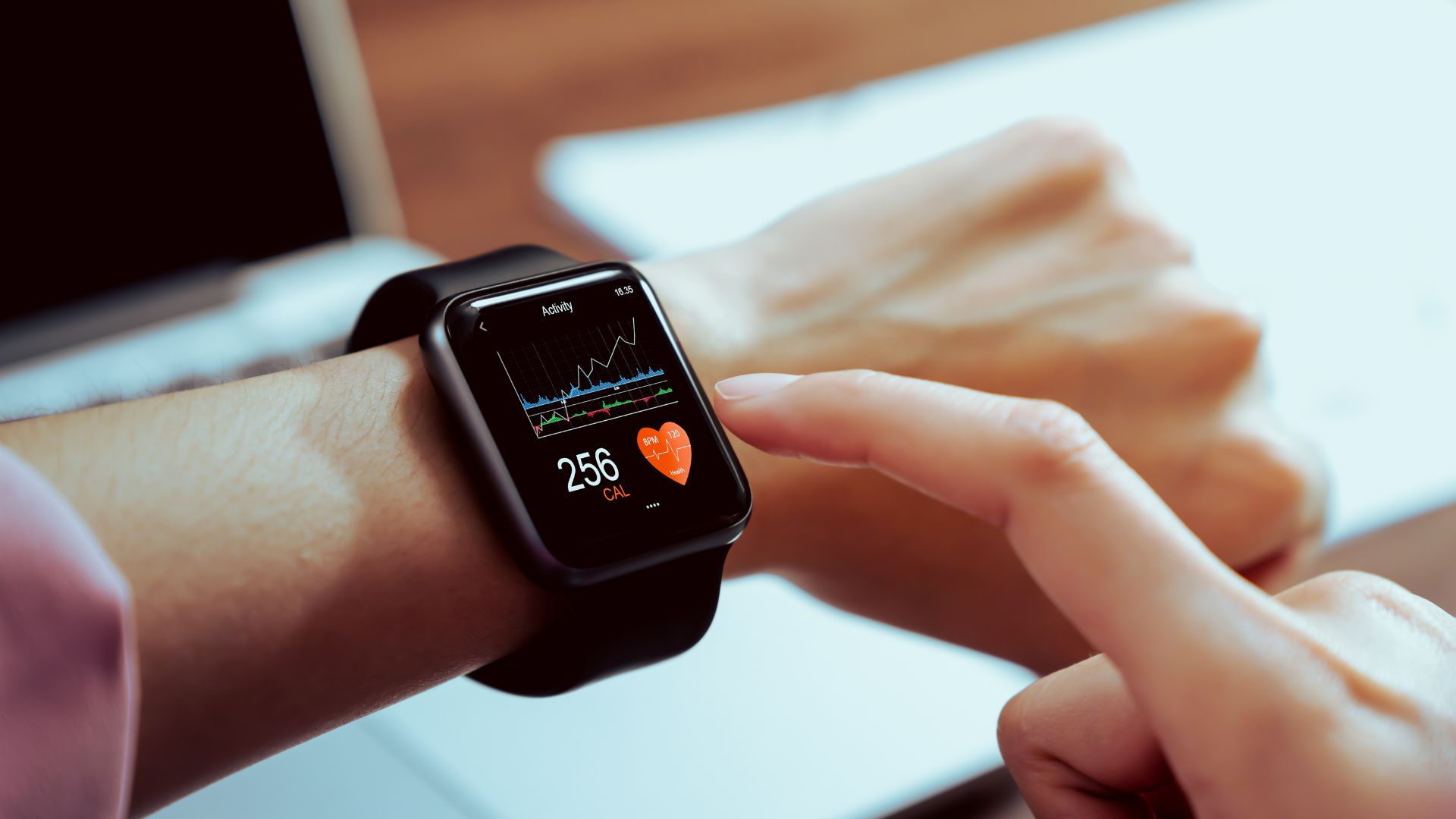
How Wearables Are Revolutionizing Remote Healthcare
- Continuous Health Tracking
- Wearables provide real-time monitoring of heart rate, blood pressure, oxygen levels, and more.
- Devices like ECG-enabled smartwatches detect irregular heart rhythms, alerting users and doctors.
- Early Disease Detection
- Advanced biosensors can identify warning signs of conditions like diabetes, sleep apnea, and respiratory issues.
- Smart rings and patches detect dehydration, stress levels, and fluctuations in blood sugar.
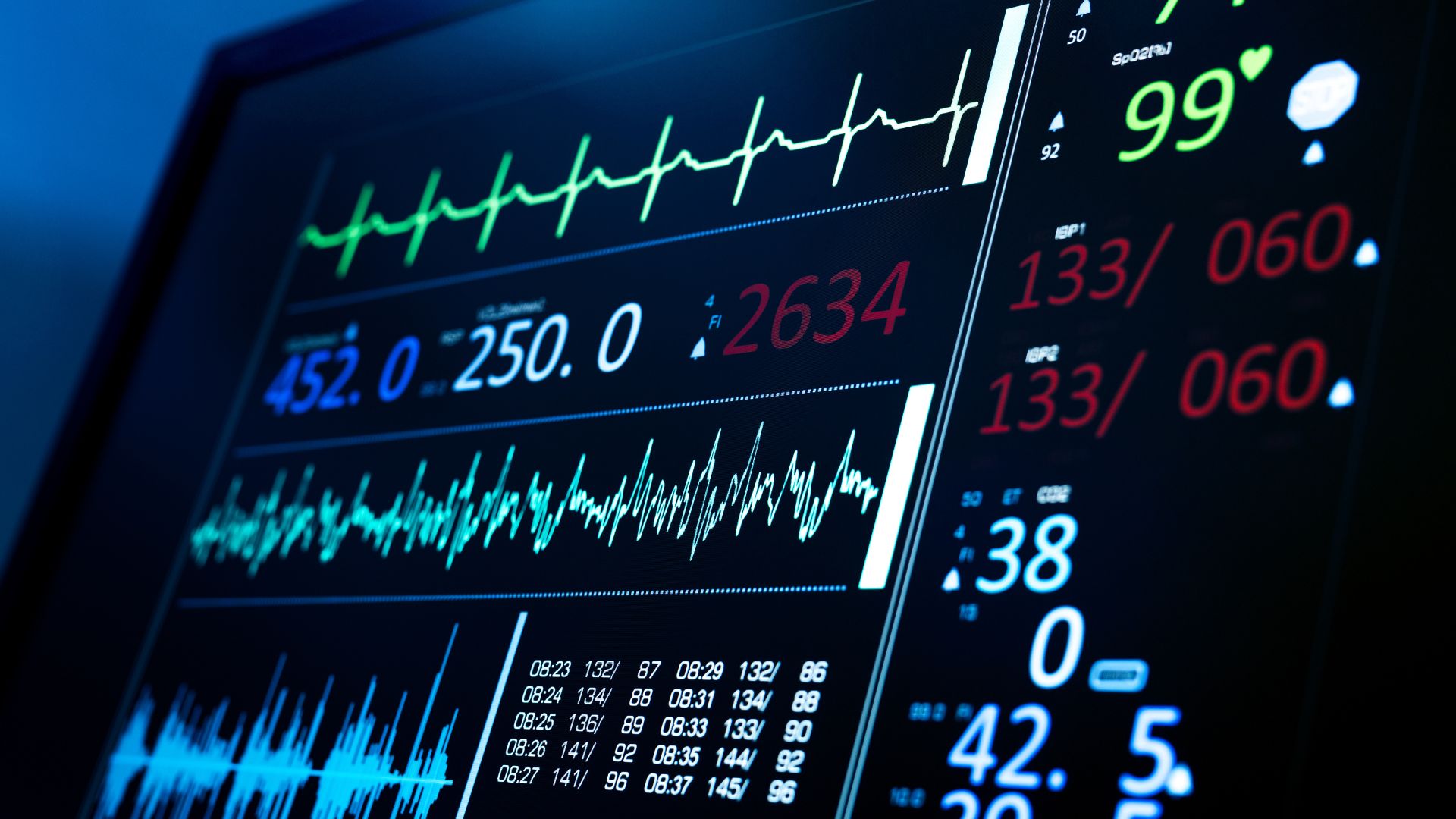
- Chronic Disease Management
- Patients with conditions like hypertension or diabetes can use wearables to manage their health without frequent hospital visits.
- Doctors can remotely access patient data, adjusting treatment plans as needed.
- Telemedicine and AI Integration
- Wearables sync with telehealth platforms, allowing physicians to analyze real-time data during virtual consultations.
- Some wearables use predictive analytics to warn users about potential health risks before symptoms worsen.

Challenges and Future Innovations
- Battery Life & Connectivity: Longer battery life and stable connections will improve reliability.
- Data Privacy & Security: Ensuring user data is secure remains a critical concern.
- Affordability & Accessibility: More cost-effective solutions will increase adoption, particularly in underserved communities.
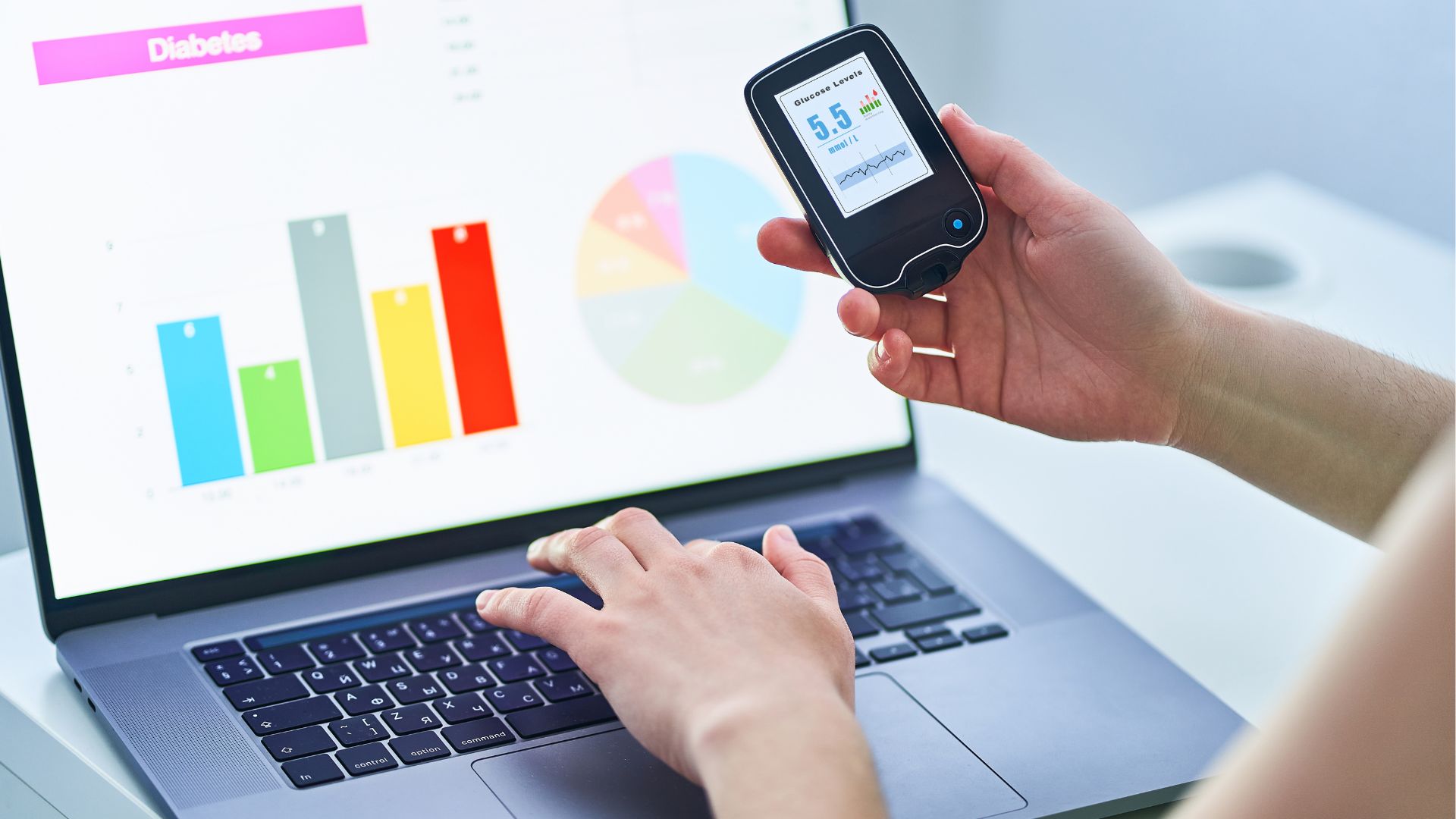
As wearable technology advances, it will continue bridging the gap between traditional healthcare and remote monitoring, making personalized healthcare more efficient and accessible.


